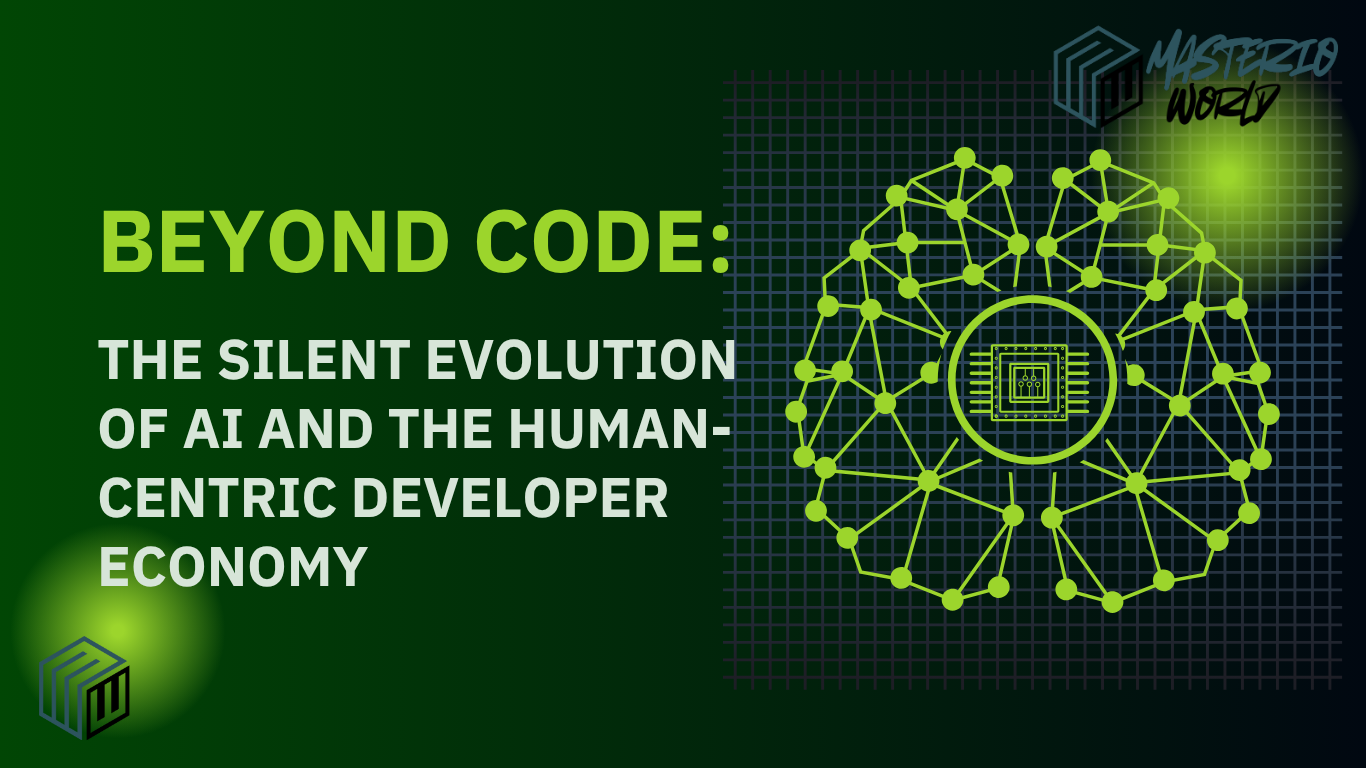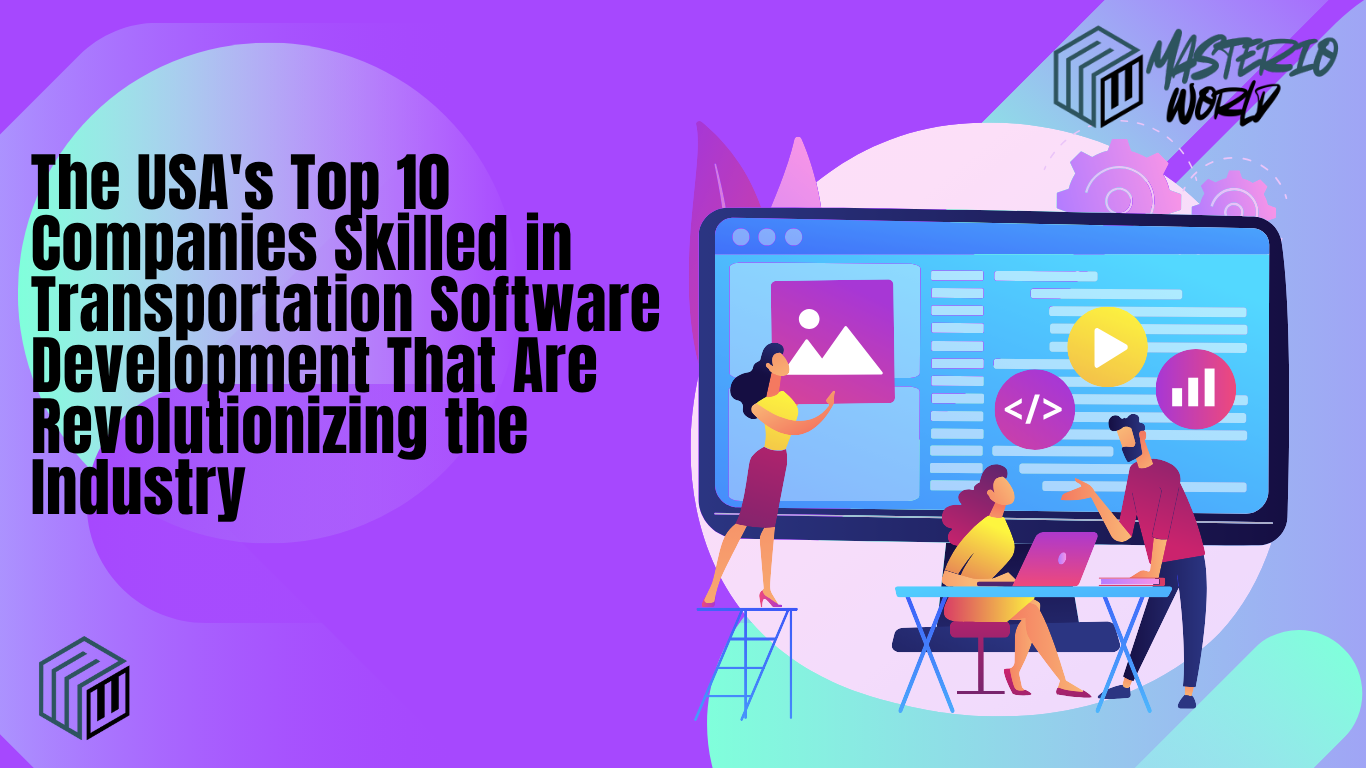In a world where Artificial Intelligence (AI) is advancing at a rapid pace, often outpacing the rules that govern it, a thought-provoking question is beginning to resonate globally: Are we creating AI to replace human roles, or to better understand us?
As the United States remains at the forefront of AI innovation, it’s grappling with the fine line between groundbreaking advancements and the potential for human job loss, particularly in fields like software development, web development, and full-stack programming. Today’s developers aren’t just coding; they’re unwittingly shaping the future of how humans and machines will coexist.
This isn’t your typical AI is coming for your job story. Let’s explore a future that hasn’t yet made its way into search results.
________________________________________
USA Jobs & AI: Not a Battlefield, but a Transformation
The U.S. Bureau of Labor Statistics anticipates a remarkable 25% increase in software developer positions by 2032, far exceeding the average job growth rate. At the same time, AI is stepping in to handle repetitive tasks across various sectors. On the surface, this might seem contradictory.
But if we dig a little deeper, we see it’s more about transformation than replacement. AI is paving the way for a new wave of tech jobs that focus on human interaction:
- Prompt engineers who teach AI to think more like humans.
- Algorithmic ethicists who work to eliminate bias in AI models.
- AI liaison developers who design user-friendly interfaces for those who aren’t tech-savvy.
These roles aren’t just theoretical; they’re quietly emerging in startups and government-supported AI labs across the U.S. They demand not only coding skills but also a grasp of human thought processes, ethics, and social dynamics areas where AI still has a lot to learn.
________________________________________
Web Developers vs AI: The Illusion of Obsolescence
It’s easy to think that web developers might be among the first to be replaced by automation. With tools like Wix ADI, Framer AI, and ChatGPT whipping up functional websites in mere minutes, it’s a tempting conclusion.
But here’s the catch.
Websites created by AI often miss that emotional touch. The nuances of branding, interactive storytelling, and user experience can’t just be pulled from data alone. In fact, the rise of AI is actually bringing a new level of personalization back to web development — transforming developers into experience architects rather than just coders.
So, what can we expect from future web developers? They’ll likely take on a variety of roles:
- Designers who understand neuroscience to map out user behavior.
- UX experts driven by sentiment, ensuring interfaces resonate with emotional states.
- Developers focused on accessibility, making sure digital spaces reflect human diversity.
AI might handle the framework, but it’s the humans who will always infuse it with soul.
________________________________________
Full Stack Developers: The Guardians of Machine Empathy
Full-stack development used to be all about merging front-end aesthetics with back-end functionality. In this age of AI, it’s taken on a deeper meaning: connecting AI with the genuine needs of people.
Picture a full-stack developer who does more than just write code:
- They teach AI to pick up on sarcasm.
- They design dashboards that make machine thinking visible.
- They create middleware that translates raw emotions (gleaned from NLP sentiment analysis) into helpful UI prompts.
These hybrid roles are becoming essential in fields like education tech, health tech, and even law, where software needs to do more than just function it must also communicate clearly and empathetically.
________________________________________
Human-Compatible and Human-Centered AI: The Next Civil Right
So, what does it really mean for AI to be human-compatible? It goes beyond just performance and accuracy. It’s all about alignment not just with individual users, but also with our cultural values, ethical standards, and emotional intelligence.
Human-centered AI isn’t just a product; it’s a way of thinking:
- It doesn’t merely answer questions; it acknowledges confusion.
- It doesn’t just optimize engagement; it fosters clarity.
- It doesn’t try to mimic humans; it enhances our capabilities.
Interestingly, programmers and developers have taken on the role of modern philosophers. Every line of AI code embodies a belief about what humans truly need and what they might not. This shift means that the developer economy is becoming the moral compass of our digital age.
________________________________________
Artificial Superintelligence & the Shadow of Over-Delegation
Artificial Superintelligence (ASI) that theoretical AI that could outsmart all of us is often depicted as the villain in sci-fi tales. But the real danger isn’t a malevolent AI; it’s a complacent humanity.
In the future landscape of U.S. industries, the real challenge might be over-delegation:
- Trusting AI to make medical diagnoses without human oversight.
- Using AI to sift through job applications, which could unintentionally amplify bias.
- Letting AI steer urban planning without involving the community.
So, what’s the answer? Creating AI to Human Feedback Loops.
Picture systems where:
- AI suggests. Humans refine.
- AI reasons. Humans question.
- AI learns. Humans guide.
This collaborative evolution ensures that even the most sophisticated AI respects the beautiful chaos, unpredictability, and brilliance of human life.
_______________________________________
AI to Human: A Language Still Being Written
The connection between AI and humans goes beyond just user interfaces; it’s a whole new linguistic journey. As developers craft neural networks that communicate with us, they’re also inventing fresh dialects a mix of logic, inference, and emotional understanding.
This is what we’re calling the new literacy:
- Developers are the storytellers.
- AI is the narrative.
- Humanity is the audience.
The next major leap in the relationship between AI and humanity won’t be about technology alone. It’ll be about connection. When AI not only performs tasks but also makes us feel understood, and in turn, helps us understand ourselves better.
________________________________________
Conclusion: Developers, You Are Not Being Replaced. You Are Being Repositioned
To all the developers, programmers, and tech enthusiasts across the United States and beyond, the narrative of AI taking over human jobs is being rewritten. It’s not a battle; it’s a renaissance.
Your job isn’t just to control machines anymore; it’s to work alongside them. The goal is to humanize AI not by copying human behavior, but by infusing dignity, nuance, and care into every line of code.
In this new landscape, you’re not just a software developer anymore.
You’re a systems empath, a bridge between humans and technology, and a designer of harmonious coexistence.
Welcome to the age where web development meets wisdom, where the interaction between AI and humans becomes a dialogue, not a directive.
________________________________________
FAQs (Frequently Asked Questions)
Not really! AI is more likely to enhance the work of developers rather than take their jobs. Sure, it can handle those repetitive coding tasks, but when it comes to creative problem-solving, ethical choices, and designing with a human touch, we still need the brilliance of human minds. In fact, as AI tools get better, the demand for program developers, web developers, and full-stack developers is expected to rise.
A human-centered AI developer focuses on creating systems that are user-friendly, ethical, and in tune with human values. This means designing interfaces that foster trust, building models that steer clear of bias, and making sure AI systems are transparent and easy to understand.
AI is stepping in to automate routine coding tasks, whip up design templates, and even suggest ways to boost performance. However, developing websites now calls for a deeper grasp of user psychology, emotions, and accessibility areas where human developers still shine.
AI to human is all about how AI systems connect and communicate with people. It highlights the importance of making AI more understandable, empathetic, and aware of context, which paves the way for more meaningful teamwork between humans and machines.
Artificial Superintelligence is a hypothetical type of AI that would outsmart humans in every cognitive aspect. While today’s AI (narrow AI) is impressive in specific tasks, ASI is still a concept for the future and isn’t expected to materialize in the next couple of decades, if ever.
Jobs that really need:
- Empathy (think counselors and teachers)
- Strategic thinking (like system architects)
- Creative design (for instance, UX/UI developers)
- Ethical judgment (such as AI policy analysts) …
are still very much human-focused and probably won’t be completely taken over by AI.
To keep your skills sharp:
- Learn how to work alongside AI tools (like Copilot or ChatGPT)
- Focus on designing interactions between humans and AI
- Enhance your knowledge in AI ethics, data privacy, and explainability
- Embrace skills from other fields (like psychology, communication, and UX)
The future is all about coexistence. AI will take care of the mechanical tasks, while we humans bring meaning, empathy, and ethics to the table. It’s not about one dominating the other, but rather about working together, creating a thriving digital society where both AI and humans can flourish.
To some extent, yes. AI can mimic empathy, grasp sentiment, and replicate conversational tones. However, genuine human traits like consciousness, emotional depth, and moral intuition are still uniquely ours at least for the time being.
Human-compatible AI:
- Tailors itself to users' needs and feelings
- Values privacy and consent
- Provides clear explanations for its decisions
- Supports human judgment rather than replacing it
Examples include AI-assisted healthcare diagnostics, smart writing tools, and ethical recommendation systems.


